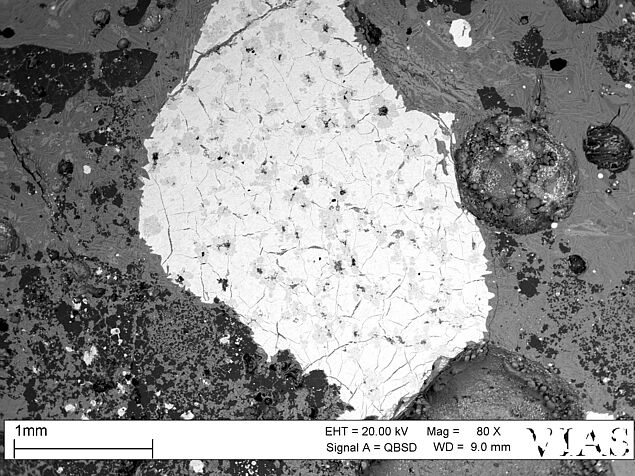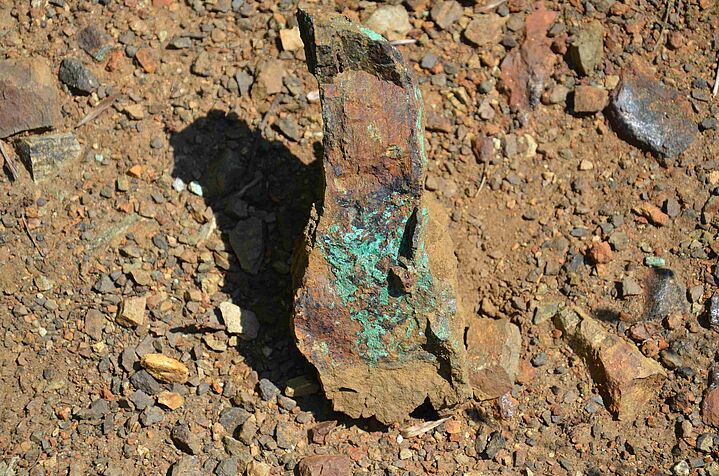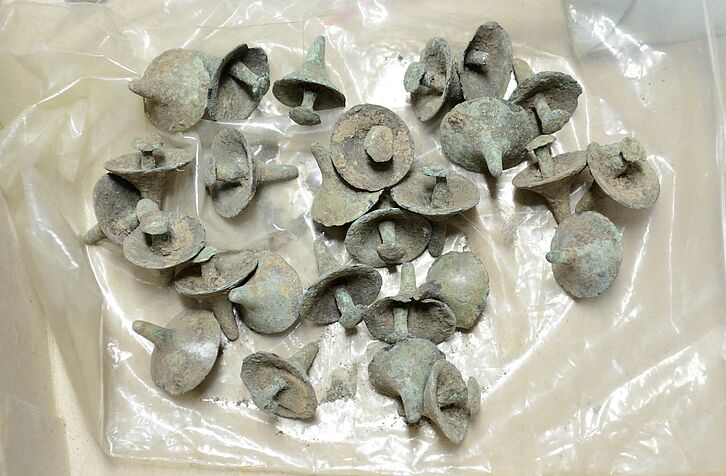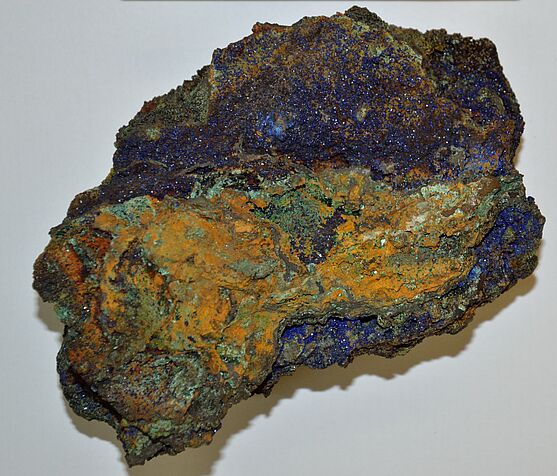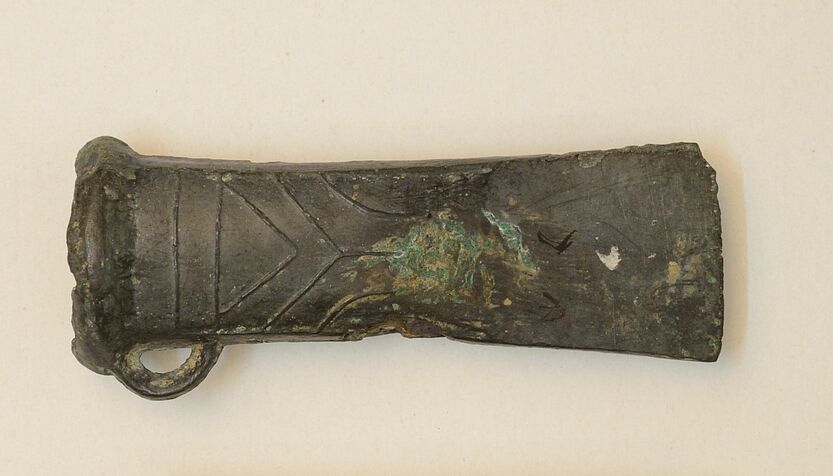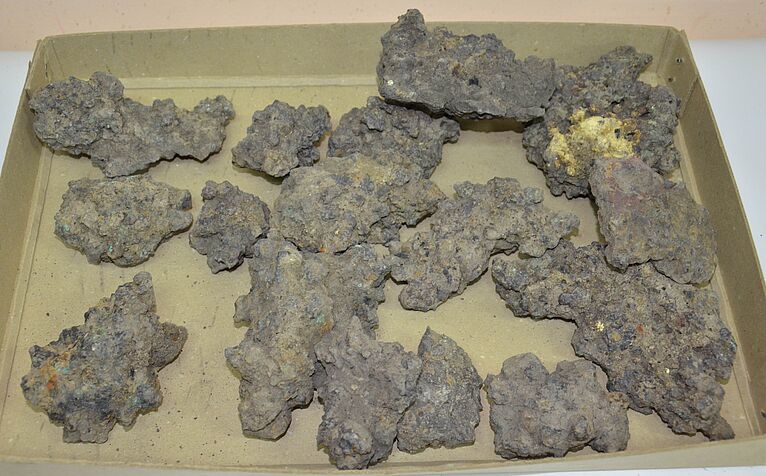Archaeometallurgical and mining archaeological studies on Bronze Age metallurgy in the Western Balkans (FWF project P 32095)
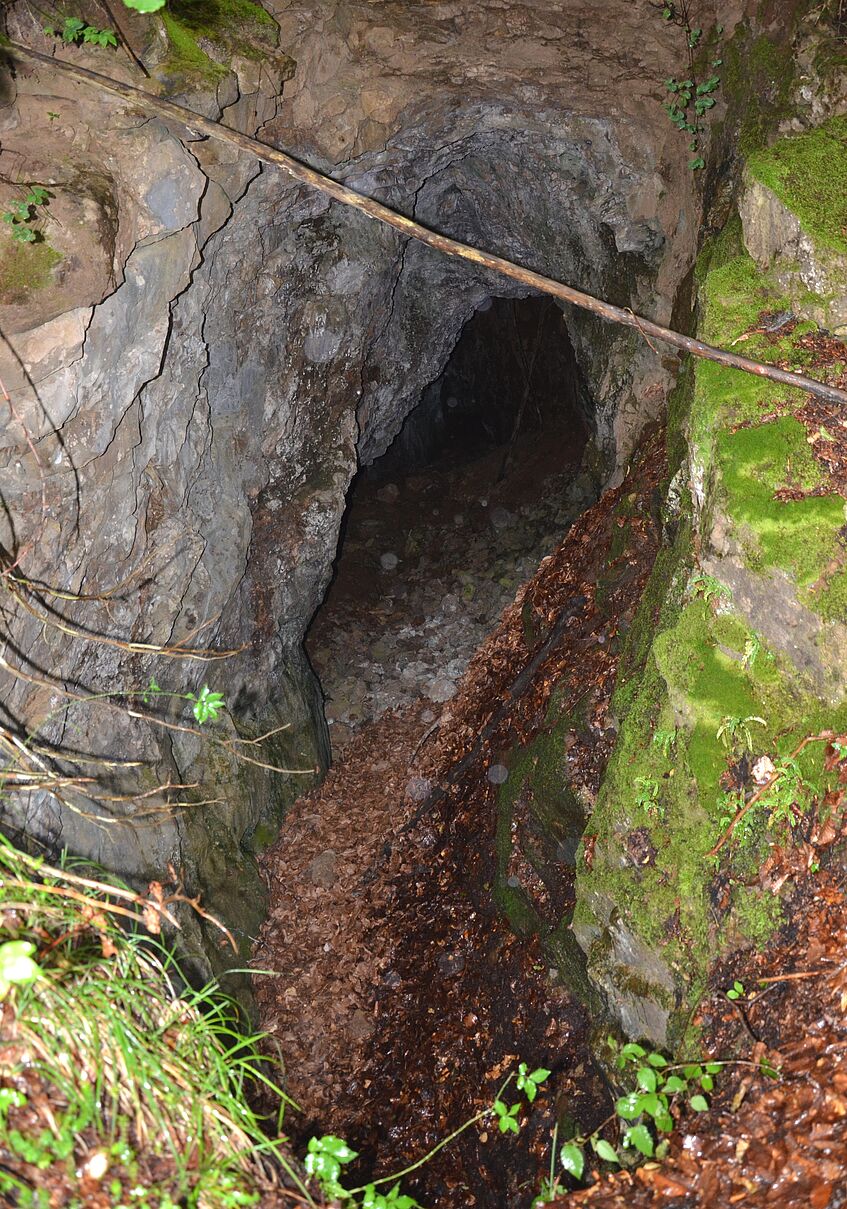
Entrance to modern mining shaft, © M. Mehofer, VIAS
The aim of this archaeometric research is to gain new and further knowledge about the Late Bronze Age metal cycles and exchange systems in the western and central Balkans. This is of particular interest in terms of its possible intermediary role between Central Europe, respectively the Urnfield culture and the Mediterranean area. With the aid of various scientific analysis methods - such as ore microscopy, trace element and lead isotope analyses - systematic detailed analyses, providing further knowledge about the above mentioned topics, are caried out. Of particular interest is the potential use and development of local (copper) ore resources and their integration into local and supra-regional production cycles.
A review of the previously published literature shows that the current level of knowledge is in part more based on assumptions than on exact results. Extensive systematic series of studies, using trace element and lead isotope analyses, which focus on late Bronze Age dated metal objects and their relation to ore deposits, are largely missing so far. This circumstance is all the more surprising, since archaeological evidence in several regions with detectable copper ore deposits (e.g. Central Bosnia, Eastern Serbia) indicates a veritable upswing in metallurgical activity, especially for the Late Bronze Age. Some of the assumed production centers could have produced not only for the purpose of local demand but also for supra-regional needs.
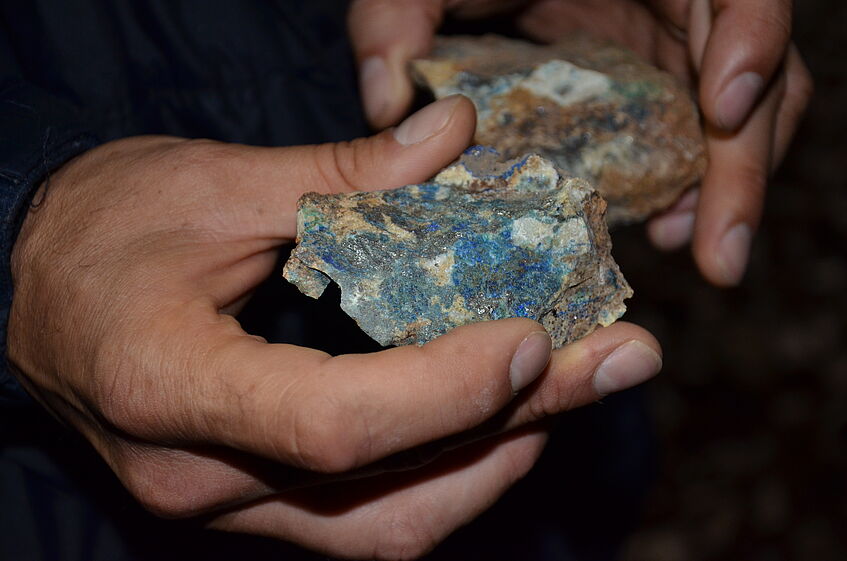
Copper ore sample from Bosnia-Herzegovina, © M. Mehofer, VIAS
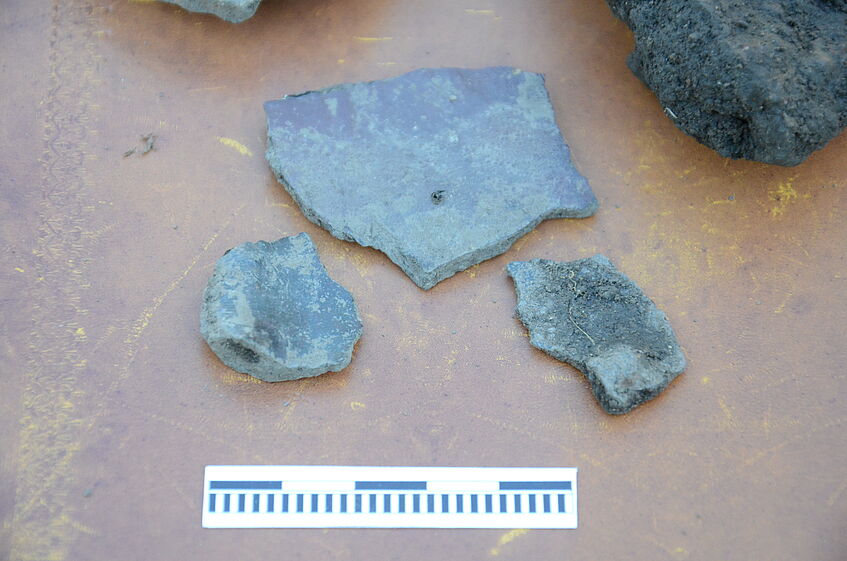
Slag, Serbia, dating LBA?, © M. Mehofer, VIAS
The main question is whether this rise in bronze production, which can be seen in the archaeological find material, can be traced back to the use of domestic resources, or whether the metal demand was covered resorting to a large-scale European supply network, for example the north-adjacent Alpine regions.(Research already carried out within another project has shown that the southern Alps played a prominent role in the metal supply of (northern) Italy during the Late Bronze Age.) The majority of the analysed non-ferrous metal objects originate from the distinctive spectrum of shapes that characterises the entire cycle of the Urnfield culture, reaching its southern main distribution in the regions to be examined. Thus, the studies on the material, which have already carried out, as well as the planned material analyses also make a significant contribution to the hitherto poorly studied metallurgy of Urnfield culture in Central and Southeastern Europe.
Thanks to the cooperation between the OREA - Institute for Oriental and European Archeology, Austrian Academy of Sciences, the VIAS - Vienna Institute of Archaeological Science, University of Vienna, and the Regional Museums in Travnik and Doboj (Bosnia - Herzegovina), a first successful pilot phase of the project has been conducted in 2015 and 2016. A total of approximately 100 samples of objects dating to the period between the 13th and the 9th century B.C. (Ha A1-Ha B3) were taken. In addition to the finished products, local copper ores as well as Late Bronze Age semi-finished products (ingots) were investigated, by which the analysis includes the complete technology chain. The selection of the sampled finds involves forms with a regional as well as a national distribution pattern in Central and Southeastern Europe.
The first analyses carried out by the VIAS with a scanning electron microscope provided an overview of the used alloy composition (copper, bronze, lead bronze). This step also serves to make a selection of the meaningful samples. In particular, care was taken to select drill samples for subsequent trace element and lead isotope analyses whith a geochemical fingerprint that did not appear to be altered by intentional or non-intentional melting processes. In the further course, the basis for the analyses will now be expanded considerably with finds, ores and ingots from the entire region of Southeastern Europe.
Literature
M. Gavranović, M. Mehofer (with contributions from A. Jašarević and A. Sejfuli), Local forms and regional distributions – metallurgical analysis of the Late Bronze Age objects from Bosnia, Archaeologia Austriaca 100, 2016, 87–107.
Project partner
Dr. Mario Gavranović, OREA, ÖAW
Links
Cooperationpartners
· Institute of Archaeology Belgrade, Serbia
· Natural History Museum Vienna, Department of Prehistory
· National Museum of Bosnia and Hercegovina in Sarajevo, Bosnia-Hercegovina
· Faculty of Mining, Geology and Petroleum Engineering in Zagreb, Croatia
· Museum of Mining and Metallurgy in Bor, Serbia
· Museum of Krajina in Negotin, Serbia
· Regional Museum Travnik, Bosnia-Hercegovina
· Regional Museum Doboj, Bosnia-Hercegovina
· Regional Museum Zenica, Bosnia-Hercegovina
· Curt-Engelhorn-Zentrum für Archäomtrie Mannheim

